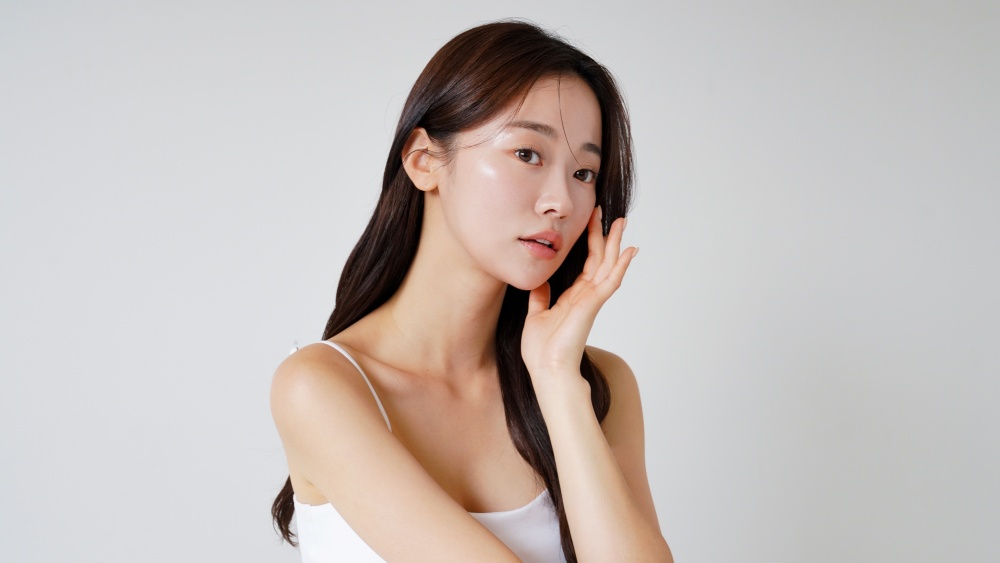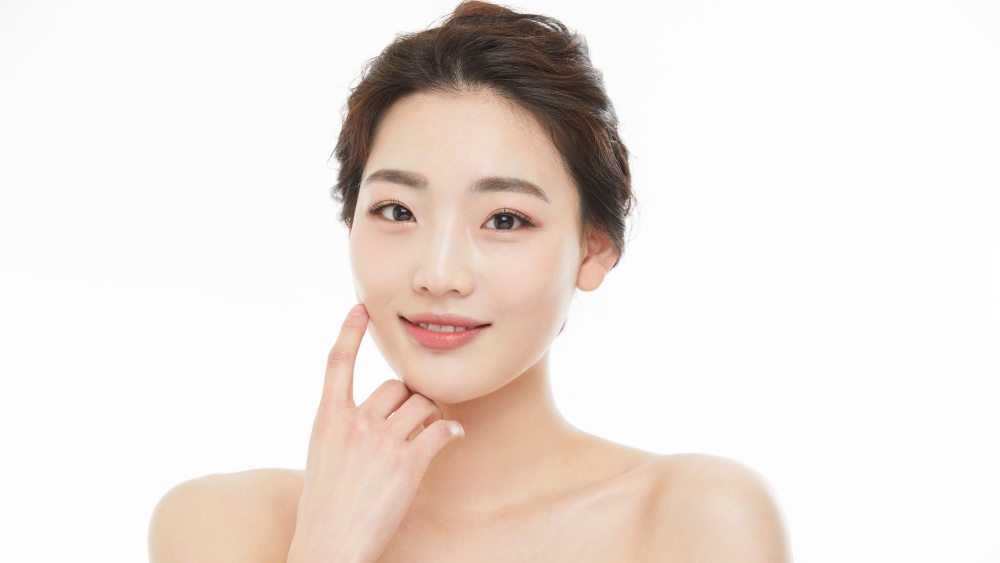


In the world of regenerative aesthetics, polynucleotides (PN) have taken center stage as one of the most sought-after skin rejuvenation treatments. Whether you’re researching Rejuran, the original salmon DNA skin booster from Korea, or the new Italian contender Plinest derived from trout DNA, this comprehensive guide will help you understand their origins, benefits, and which might be better suited for your skin.
Polynucleotides (PN) are biopolymers composed of nucleotide monomers, the fundamental building blocks of DNA and RNA. When injected into the skin, these naturally derived molecules stimulate skin regeneration, hydration, and collagen production, offering impressive anti-aging and healing benefits.
According to a 2024 scientific review published in the Journal of Cosmetic Dermatology (PMC11560330):
“...polynucleotides play a critical role in activating fibroblasts, promoting cell turnover, improving skin elasticity, and accelerating wound healing. Their excellent safety profile and regenerative potential make them ideal for aesthetic applications.” (PMC11560330)

Rejuran, developed in South Korea, became a household name in the aesthetic industry soon after its launch in the late 2010s. It was the first injectable PN treatment to be widely adopted across Korea, Malaysia, and Singapore, thanks to its powerful ability to:
What made Rejuran a sensation? Korean consumers—known for their discerning skincare standards—embraced it for its natural, regenerative approach without the downsides of dermal fillers or aggressive resurfacing treatments.
Soon, Rejuran became synonymous with skin healing and anti-aging in Southeast Asia, earning nicknames like “the healer injection” and “skin booster 2.0.”
While Rejuran ruled the Asian markets, Europe was already innovating.
Plinest, developed by Mastelli, has a long and distinguished history in skin rejuvenation and regenerative medicine.
Key Historical Points:
Mastelli:
Plinest:
Fun fact: Though Rejuran popularized PN in Asia, Mastelli was actually the initial developer and has been at the forefront of PN research since the 1950s.
The truth?
Currently, no head-to-head clinical trials have compared Rejuran and Plinest directly.
However, both have a strong portfolio of clinical research demonstrating the skin-repairing and collagen-stimulating effects of their respective DNA sources.
| Feature | Rejuran (Salmon DNA) | Plinest (Trout DNA) |
| Origin | Korea | Italy |
| First Developed | ~2010 | ~2005 (aesthetic use) |
| Key Benefits | Skin repair, hydration, elasticity, scar healing | Biocompatibility, low downtime, collagen stimulation |
| Downtime | Mild swelling and redness | Typically less swelling and faster recovery |
| Clinical Research | Extensive in Asian skin types | Growing global studies |
Key Insight:
Both Rejuran and Plinest offer excellent skin rejuvenation results. The choice usually depends on your skin type, recovery preference, and doctor’s recommendation.
When polynucleotides (PN) are introduced into the skin via microinjections, they work at a cellular level to stimulate fibroblasts—the specialized cells responsible for producing collagen and elastin. As these fibroblasts become more active, they increase the production of these essential structural proteins, which are key to maintaining skin’s firmness and elasticity. The result is a noticeable improvement in skin elasticity, hydration, and overall resilience.
Additionally, polynucleotides promote accelerated wound healing by supporting tissue repair processes. This not only helps to reduce visible fine lines and wrinkles, but also enhances skin texture and tone, giving the skin a healthier, more youthful appearance.
One of the main reasons PN treatments have gained widespread acceptance is their excellent safety profile. Polynucleotides are naturally occurring molecules that are highly purified before clinical use. According to clinical studies—including a 2024 review published in Journal of Cosmetic Dermatology (PMC11560330)—PNs have minimal side effects and pose a low risk of allergic reactions. Their biocompatibility ensures that they integrate seamlessly into the skin without triggering significant adverse immune responses.
You may also encounter the term PDRN (Polydeoxyribonucleotide), which is a specific subtype of polynucleotide. PDRN is especially prized for its anti-inflammatory and healing properties, making it a powerful tool in regenerative aesthetics and dermatology.
PDRN aids skin rejuvenation by further stimulating fibroblast activity, encouraging the production of collagen and elastin—both essential for maintaining youthful, elastic skin. It also enhances skin hydration by promoting the synthesis of hyaluronic acid, a naturally occurring substance in the skin that retains moisture and provides volume.
Moreover, PDRN accelerates the tissue repair process and improves microcirculation, which means nutrients and oxygen are more efficiently delivered to skin cells. This leads to faster healing, improved skin tone, and a radiant appearance, particularly beneficial for patients recovering from aesthetic procedures or dealing with skin damage.

For patients seeking maximum rejuvenation, PDRN and PN treatments can be effectively combined with other advanced therapies.
Many doctors integrate non-crosslinked Hyaluronic Acid (HA) injections alongside PDRN for enhanced hydration and skin plumpness. This combination replenishes moisture levels and improves skin suppleness.
Another synergistic approach involves collagen stimulators like Radiesse or Ellansé, which further enhance collagen production and deliver longer-lasting skin firmness and volume.
For patients also addressing skin texture, pigmentation, or redness, laser treatments—such as the popular Mulgwang Laser—can be incorporated. Combining PN or PDRN with laser therapies not only improves overall skin tone but also accelerates healing post-treatment and amplifies the rejuvenation effects.
These comprehensive treatment plans provide a multi-faceted anti-aging solution, targeting multiple concerns for more significant and longer-lasting results.
Absolutely. PDRN is considered safe and effective for delicate areas, including the often-challenging under-eye region. When carefully injected by a qualified practitioner, PDRN can significantly improve common under-eye concerns.
Patients often notice a reduction in fine lines and crow’s feet, alongside an improvement in dark circles and puffiness. These benefits are achieved through enhanced collagen production and improved microcirculation, which helps to refresh and rejuvenate the under-eye area without surgery.
This makes PDRN eye rejuvenation a highly popular choice for patients seeking non-surgical solutions to restore a youthful, rested appearance.
For most patients, a treatment course of three to four sessions is recommended. These are typically spaced two to four weeks apart, depending on the individual’s skin condition and treatment goals.
After the initial treatment series, maintenance sessions every six to twelve months help sustain the rejuvenated skin appearance and continue to promote healthy skin regeneration.
Your doctor will create a customized treatment plan based on factors such as skin type, severity of aging signs, and lifestyle considerations to optimize results.
PN and PDRN treatments are generally well-tolerated and considered very safe, especially when performed by experienced professionals.
Some patients may experience mild redness, swelling, or bruising at the injection sites. These effects are typically temporary and resolve within a few days.
Serious side effects or allergic reactions are exceedingly rare, thanks to the high purity and biocompatibility of the polynucleotides used in these treatments. Always consult a qualified doctor or dermatologist to ensure safe application.
Patients often notice visible improvements in skin texture, hydration, and firmness after just two to three sessions.
Full results usually develop within three to six weeks following the final treatment in the series, as the skin undergoes natural regeneration and increased collagen production.
The rejuvenating effects typically last four to six months, but can be extended with proper skincare and healthy lifestyle habits. For best results, follow your doctor’s recommended maintenance schedule.

Both salmon-derived Rejuran and trout-derived Plinest offer cutting-edge solutions for skin rejuvenation, backed by years of research and clinical success.
Key takeaway: Your doctor’s expertise is just as important as the product choice. Trust a provider who understands not just the science, but how to apply it specifically to your skin.
If you're considering Rejuran, Plinest, or a customized PN combination treatment, now is the perfect time to begin your skin transformation journey. Ask Dr. Park today!
© 2024 Dr ParkJiYoun | All rights reserved.